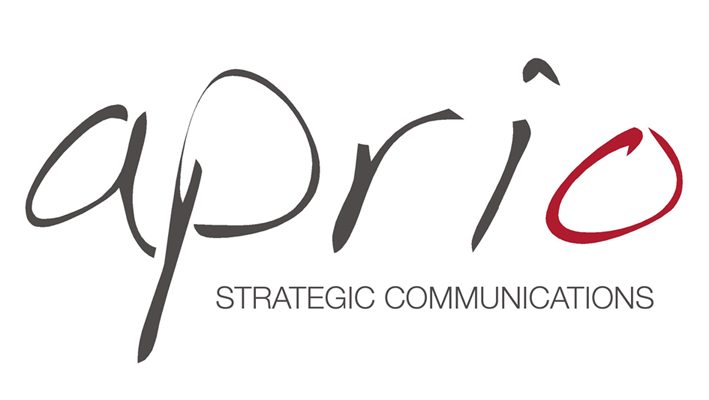Numbers don’t tell the full story, it turns out. After considering circulation and impressions of media coverage and debating various reporting methodologies, public relations industry leaders believe that relying exclusively on quantitative measures to evaluate results is insufficient. As a result, it’s critical to layer on a qualitative element to measure communications effectiveness. With that in mind, here are five tips for reporting meaningful travel PR results.
1. Check out best practices. The PR standards group’s Barcelona Declaration of Measurement Principles spell out these dos and don’ts:
- Goal setting and measurement are fundamental aspects of any public relations program.
- Measuring PR effect on outcomes, such as shifts in awareness, is preferred to measuring outputs.
- The effect on business results can and should be measured where possible.
- Media measurement requires quantity and quality.
- Advertising equivalencies (AVEs) are not the value of public relations.
- Social media can and should be measured.
- Transparency and replicability are paramount to sound measurement.
2. Just say no to AVEs and multipliers. Advertising equivalency was struck down as a way to measure media relations results because almost all advertising media buys are negotiated, with national rates, local rates, nonprofit rates, and discounts all different based on frequency. Plus, using ad costs is not a fair or valid comparison to evaluating a great editorial. Some clipping services and broadcast monitoring services use a multiplier to account for the increased credibility of editorial compared to advertising, but the standards bodies have also rejected that notion.
3. Evaluate quality of media and blog coverage. To do this, first establish objectives, such as generating a story on a specific topic in a specific media outlet, or conveying a certain message in a targeted number of stories. Then, rate that earned media on qualitative examples, including:
- Key message penetration
- Positioning/placement/prominence
- Tone
- Story type
- Shared/sole mention
- Media tier
- Photos/visuals
- Website link or contact info
- Spokesperson quoted
- Quality of comments
Doing so provides a method for reporting coverage that really matters − driving visits and business − and it helps focus and prioritize media and blogger relations efforts.
4. Monitor amplification of editorial coverage. In addition to tracking circulation of blog and media coverage, also report the additional reach gained when reporters and bloggers post links to that coverage on social media sites. Track the number of retweets and other metrics that show the additional exposure generated on social channels. Note comments from blogs and Facebook, too, for great testimonials. Check web analytics to identify referral traffic the coverage may have generated.
5. Chart overall social media performance indicators. Although different in focus from media and blogger relations, tracking social media progress is also important. Start with a baseline analysis of your social communities and note what type of content generates the strongest response. Set goals for increasing engagement based on what you learned.
Establishing PR objectives and measuring against them can be very rewarding. Evaluating progress quarterly and applying key learnings will help you improve your communications program. So give it a try, test it out and tweak as needed. Track what matters and report with confidence, knowing your PR efforts will be better for it.
Read more: http://www.mediapost.com/publications/article/198683/tracking-what-matters-a-new-mindset-for-evaluatin.html#ixzz2RpixBUmR

No comments:
Post a Comment